Margherita Buy Shines Bright in Facciamo Paradiso
In the illustrious realm of Italian cinema, “Facciamo Paradiso” emerges as a gem that not only captivates the audience but also delves deep into the intricacies of human relationships. At the heart of this cinematic masterpiece lies the enigmatic performance of Margherita Buy. Whose portrayal transcends the screen, leaving an indelible mark on the hearts of viewers worldwide.
Directed by Matteo Rovere, “Facciamo Paradiso” is a poignant exploration of love, loss, and redemption set against the backdrop of contemporary Italy. The film follows the tumultuous journey of a middle-aged woman. Played with unparalleled grace by Margherita Buy, as she navigates the complexities of her personal and professional life.
Buy’s performance in “Facciamo Paradiso” is nothing short of extraordinary. With each subtle gesture and nuanced expression, she effortlessly embodies the multifaceted layers of her character, drawing the audience into her world with a magnetic allure. As a seasoned actress with a penchant for authenticity, Buy breathes life into her role, infusing it with depth, vulnerability, and raw emotion.
Central to the narrative is Buy’s character’s quest for self-discovery and empowerment in the face of adversity. Through her transformative journey, she confronts the demons of her past, grapples with the complexities of love and desire, and ultimately finds solace in the pursuit of her own truth. It is through Buy’s compelling portrayal that we witness the universal struggles of human existence laid bare, resonating with audiences on a deeply personal level.
What sets Buy apart is her innate ability to convey a myriad of emotions with unparalleled authenticity. From moments of quiet contemplation to scenes of intense emotional turmoil, she navigates the spectrum of human experience. Consequently leaving an indelible impression that lingers long after the credits roll. Her chemistry with her fellow cast members is palpable, lending an air of authenticity to every interaction. Contriubuiting to imbuing the film with a sense of intimacy that is truly remarkable.
Moreover, Buy’s performance serves as a testament to the power of cinema as a medium for social commentary and reflection. Through her portrayal of a complex, multifaceted woman, she challenges societal norms and stereotypes, offering a nuanced portrayal of femininity that defies easy categorization. In doing so, she sparks a dialogue about the complexities of identity, agency, and autonomy in a world that often seeks to confine and define us.
In conclusion, “Facciamo Paradiso” stands as a testament to the enduring power of storytelling and the transformative potential of cinema. At its heart lies the mesmerizing performance of Margherita Buy, whose portrayal of a woman on the brink of self-discovery is nothing short of revelatory. With her unparalleled talent and unwavering commitment to her craft, Buy elevates “Facciamo Paradiso” to heights of cinematic excellence, leaving an indelible mark on the landscape of Italian cinema for years to come.
Watch the whole movie on Movieitaly+
Read all the other articles here!



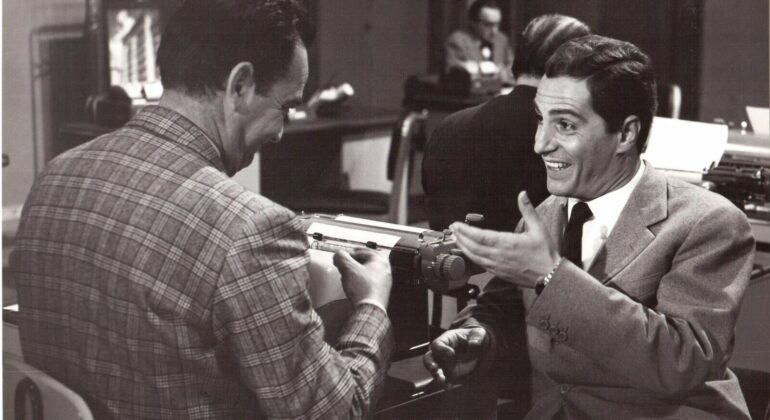
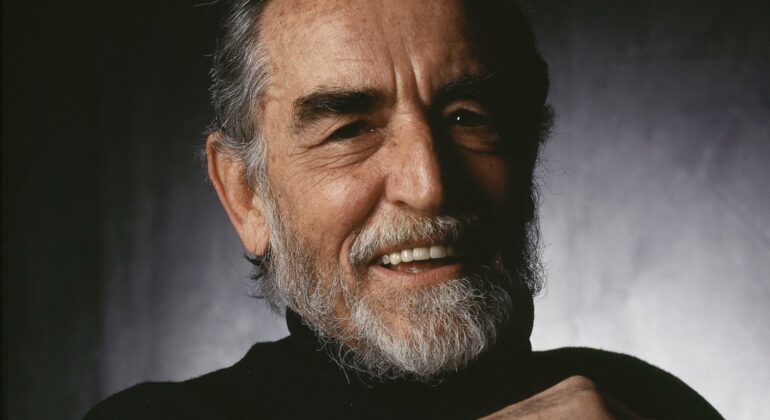

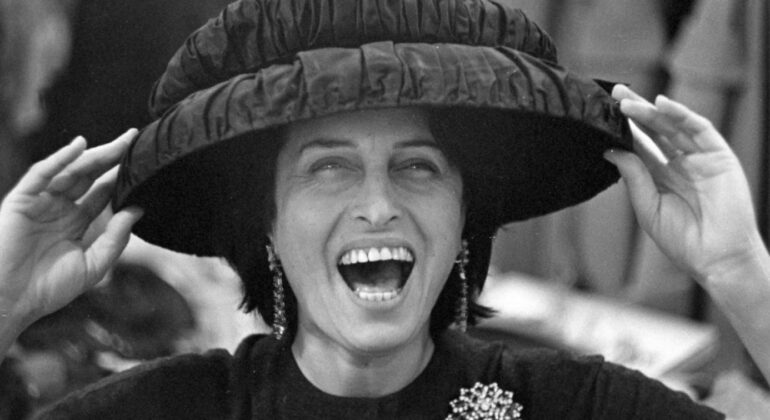
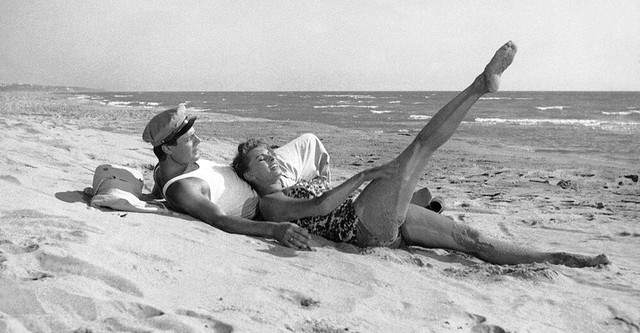
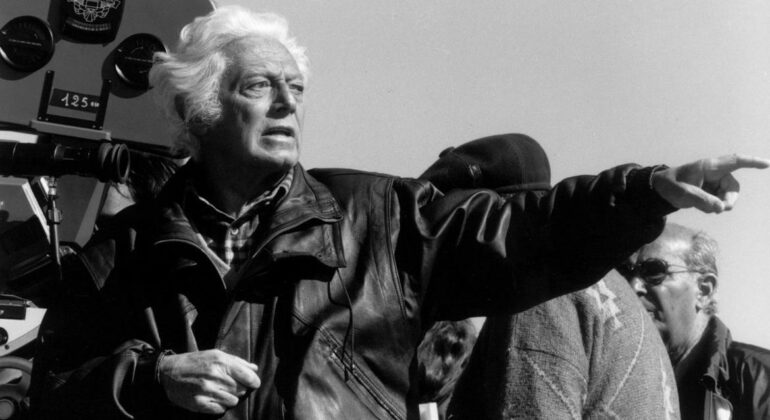
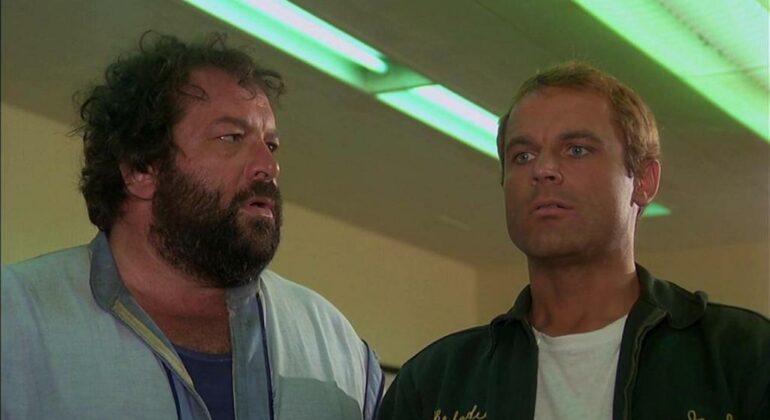
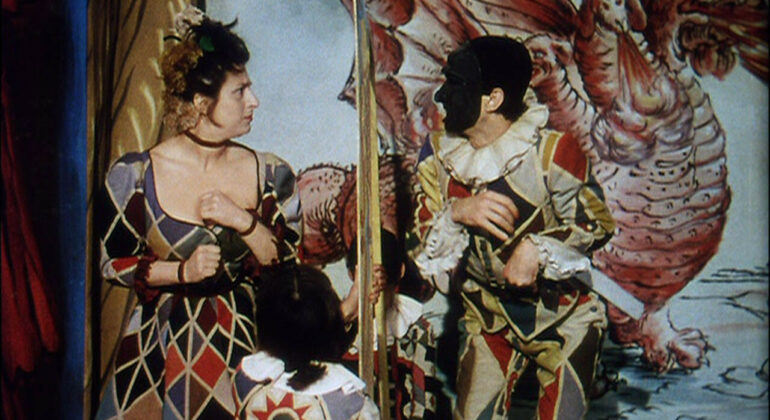




Recent Comments